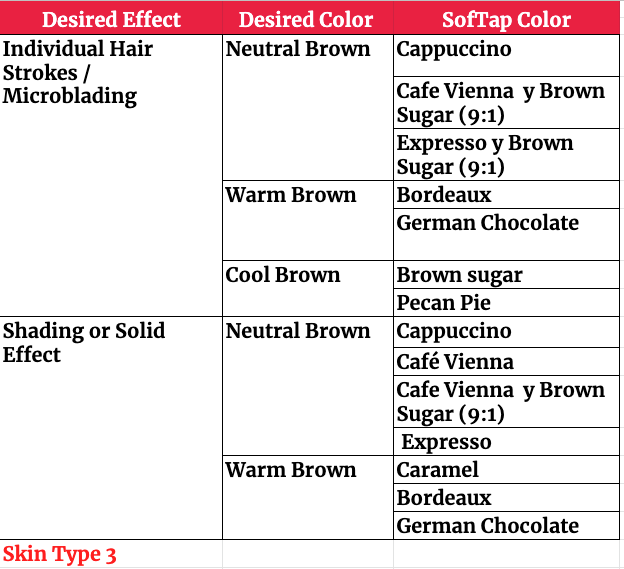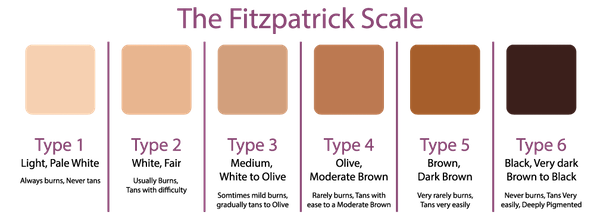

This typifies the response to injection of foreign antigen sufficient to lead to the condition of serum sickness.

Platelet aggregation, especially in microvasculature, can cause localized clot formation, leading to blotchy hemorrhages.
#Skin type 3 skin
Skin response to hypersensitivity of this type is referred to as an Arthus reaction and is characterized by local erythema and some induration. Often, immunofluorescence microscopy can be used to visualize the immune complexes. Īs observed under methods of histopathology, acute necrotizing vasculitis within the affected tissues is observed concomitant to neutrophilic infiltration, along with notable eosinophilic deposition ( fibrinoid necrosis). Hence, vasculitis, glomerulonephritis and arthritis are commonly associated conditions as a result of type III hypersensitivity responses. sites of urinary and synovial fluid formation, kidney glomeruli and joint tissues respectively) bear the brunt of the damage. Because of the nature of the antibody aggregation, tissues that are associated with blood filtration at considerable osmotic and hydrostatic gradient (e.g. Typically, clinical features emerge a week following initial antigen challenge, when the deposited immune complexes can precipitate an inflammatory response. The reaction can take hours, days, or even weeks to develop, depending on whether or not there is immunological memory of the precipitating antigen. Immune Complex Glomerulonephritis, as seen in Henoch-Schönlein purpura this is an example of IgA involvement in a nephropathy The cause of damage is as a result of the action of cleaved complement anaphylotoxins C3a and C5a, which, respectively, mediate the induction of granule release from mast cells (from which histamine can cause urticaria), and recruitment of inflammatory cells into the tissue (mainly those with lysosomal action, leading to tissue damage through frustrated phagocytosis by PMNs and macrophages). Such depositions in tissues often induce an inflammatory response, and can cause damage wherever they precipitate.
#Skin type 3 free
Unlike the free variant, a small immune complex bound to sites of deposition (like blood vessel walls) are far more capable of interacting with complement these medium-sized complexes, formed in the slight excess of antigen, are viewed as being highly pathogenic.

These immune complexes insert themselves into small blood vessels, joints, and glomeruli, causing symptoms. Large complexes can be cleared by macrophages but macrophages have difficulty in the disposal of small immune complexes. When these antigens bind antibodies, immune complexes of different sizes form. It involves soluble antigens that are not bound to cell surfaces (as opposed to those in type II hypersensitivity). Type III hypersensitivity occurs when there is an excess of antigen, leading to small immune complexes being formed that fix complement and are not cleared from the circulation. Unless else specified in boxes, then ref is: Henoch–Schönlein purpura (IgA vasculitis) Inhaled antigens (often mould or hay dust) doi:10.Antibody complexes: specifically IgM to IgG Medical complications of tattoos: a comprehensive review. Emergency department management of patients with thermal burns. Skin tissue regeneration for burn injury.

Shpichka A, Butnaru D, Bezrukov E, et al. National Center For Biotechnology Information. Novel insights into the role of immune cells in skin and inducible skin-associated lymphoid tissue (iSALT). The applied anatomy of human skin: A model for regeneration. It is made of dead, flattened keratinocytes that are shed approximately every two weeks.Ībdo J, Sopko N, Milner S.


 0 kommentar(er)
0 kommentar(er)
